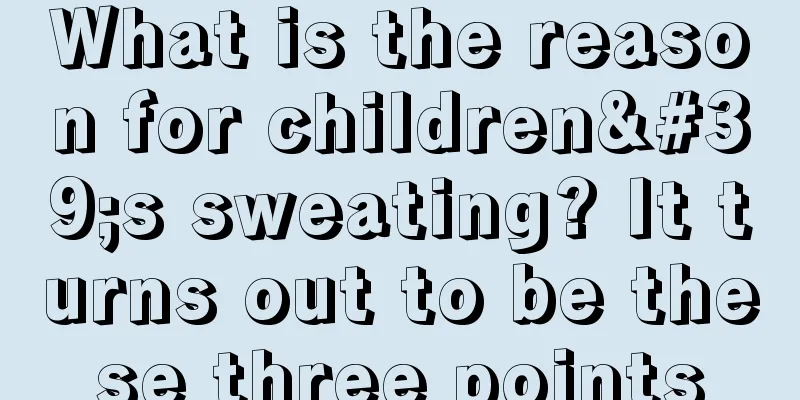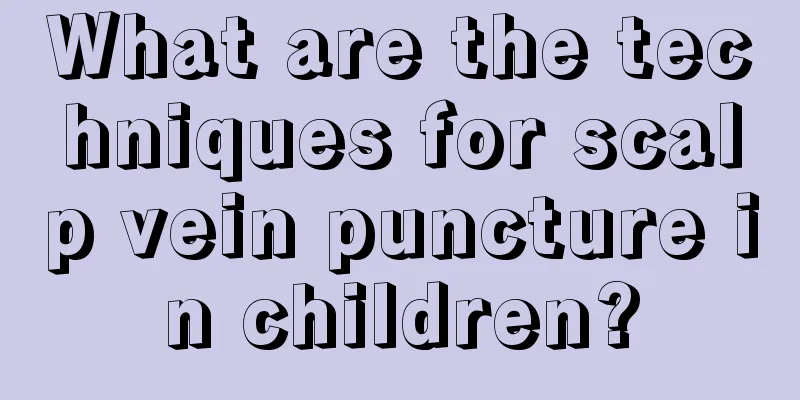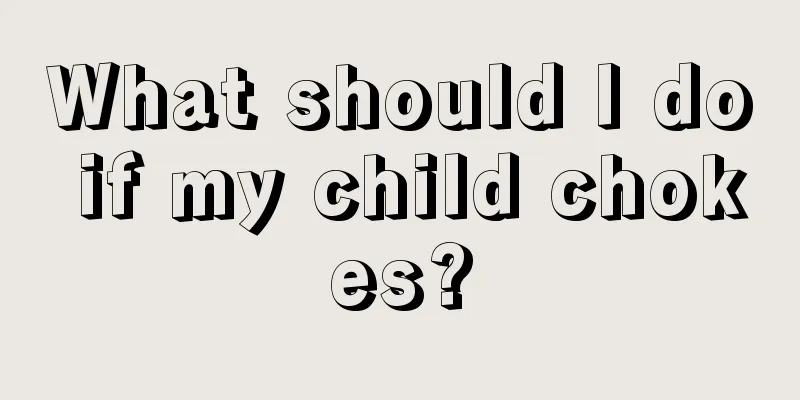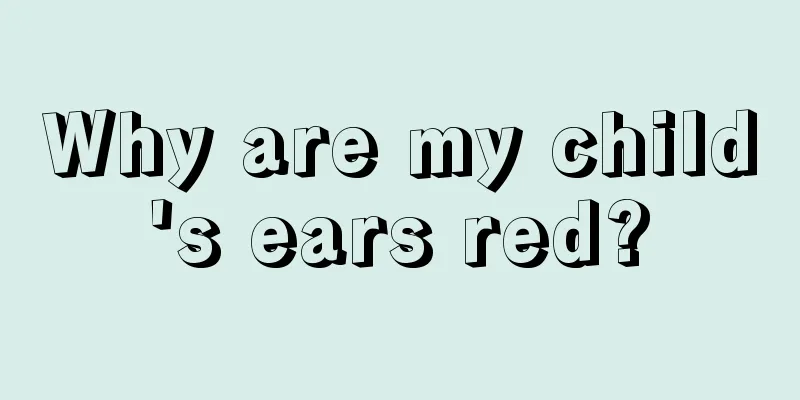What are the characteristics of children with thalassemia?
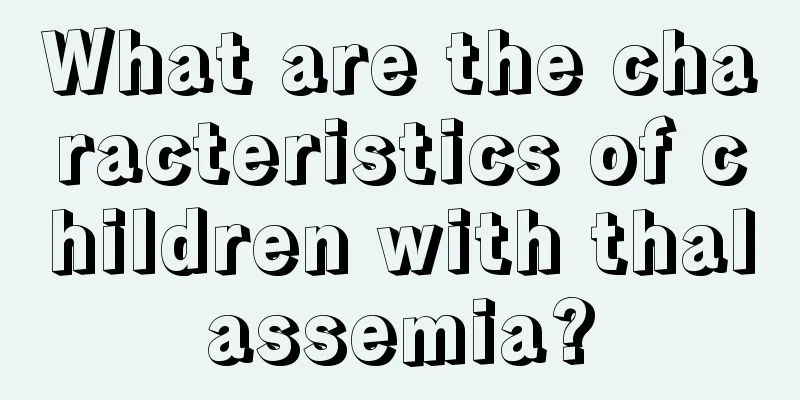
|
Thalassemia refers to the phenomenon of anemia. Many people now have symptoms of anemia, but there is a difference between mild anemia and severe anemia. In addition to differences in degree, anemia is also divided into different types of anemia. If the type of anemia is different, the specific symptoms will be completely different, which is more obvious in children. So, what are the characteristics of children with thalassemia?
(1) Static type. The child has no symptoms of anemia and the red blood cells are normal, but there are some abnormalities in the umbilical cord blood, that is, the Hb Barts content is between 0.01 and 0.02, but this abnormality will disappear after three months. (2) Lightweight. The patient did not have any symptoms of anemia. There are certain variations in the morphology of red blood cells, such as shape changes, uneven size, Heinz body positivity and central light staining. Normally, the Hb Barts level in cord blood is between 0.034 and 0.140, but this symptom disappears after 120 days. (3) Intermediate type. Also called hemoglobin H disease. Symptoms of mild to moderate anemia occur. At this time, the patient has symptoms of anemia, but the clinical manifestations such as when the anemia occurs and how much bleeding occurs vary greatly. Most children will develop anemia, fatigue, mild hyperbilirubinemia, or enlarged spleen and liver after one year of age. Most children with this degree of disease can only survive to adulthood. (4) Heavy. Also called Hb Barts fetal hydrops syndrome. Fetuses with this disease usually suffer miscarriage or stillbirth at 30-40 weeks. Even if born, the baby is likely to die within half an hour after delivery. After birth, the baby may show obvious anemia, enlarged liver and spleen, generalized edema, and a large and brittle placenta.
(1) Lightweight. Children may have mild anemia and splenomegaly, or they may be asymptomatic or have features of mild splenomegaly. It is difficult to detect and is often ignored, and people can generally survive into old age. (2) Intermediate type. The children have no symptoms in early childhood and usually show symptoms in young children, with the severity ranging from mild to severe. The main symptoms include mild spleen, moderate splenomegaly, and mild bone changes. (3) Heavy. Also known as Cooley anemia. There are no obvious characteristics at birth, but symptoms of chronic progressive anemia begin to appear between 90 days and one year old. Children generally have hepatosplenomegaly, pale complexion, and poor development, accompanied by mild hyperbilirubinemia, which becomes more obvious with age, and the bones will become larger and the medullary cavity will become wider. After the child is one year old, the skull undergoes significant changes: the head becomes larger, the distance between the eyes changes, the cheekbones become higher, and the nose becomes flat. This is the typical appearance of people with thalassemia. Children often develop complications such as bronchitis and pneumonia, and in severe cases even heart failure. If not treated, the child may die before the age of 5. |
<<: Beware of children being dazed
>>: Homemade nail polish for kids
Recommend
What are the dietary treatments for children's sweating?
Parents are worried about children's sweating...
8 month old baby has diarrhea
It is very common for babies to have diarrhea. Th...
What are the advantages and disadvantages of children skipping rope?
Whether in kindergarten or in the community, wher...
Why does my baby sleep restlessly during the day?
Children are the hope of every family. In the pro...
Is it okay for children to eat cherries?
Cherry is a fruit with relatively high nutritiona...
What are the symptoms of brain maldevelopment in children?
Children are in the golden age of a person’s deve...
How to deal with muscle atrophy in children
Every child should grow up healthy and happy. How...
Red pimples on baby's wrist
When a baby is young, his skin is very delicate. ...
What are the dangers of ADHD?
Children's physical health is an issue that p...
What are the early signs of autism in children?
Children's mental health development is a ver...
Early symptoms of tuberculosis in children
Tuberculosis affects a wide range of people, and ...
Baby has a high fever of 40 degrees and cold hands and feet
We all know that babies have very poor resistance...
What can’t babies eat if they have eczema? Young parents, watch out.
Nowadays, we live in an era of relatively abundan...
How to clean a baby's deep nasal mucus
When taking care of babies, mothers need to be ex...
What should I do if my one-year-old child gets scalded?
One-year-old children are very active. Parents mu...
